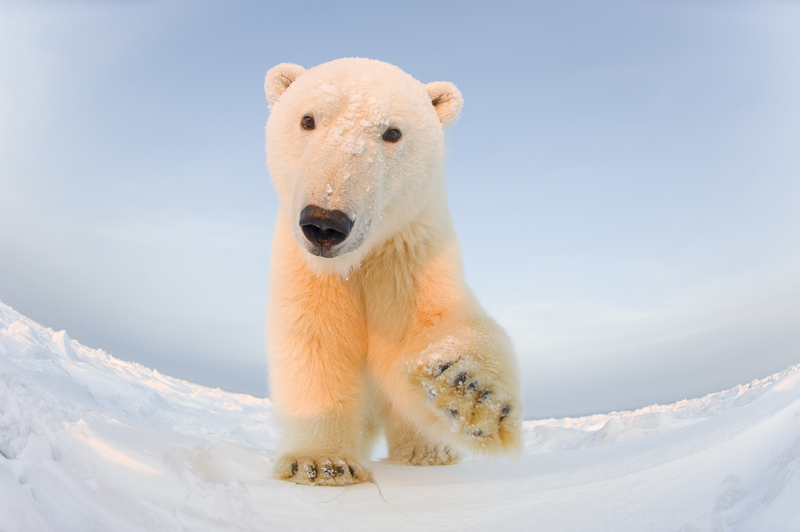Standing up for safety in Arctic offshore drilling
Picture this: a pristine part of the Arctic Ocean, kilometres off the coast of the Northwest Territories. Sea ice and water and sky as far as the eye can see. Beneath the surface, beluga and bowhead whales gather here, at the edge of the Beaufort Shelf, to feed – plankton and fish are plentiful here. On the ice, polar bears hunt for seals, mothers teaching their cubs how to survive in the Arctic. On the shore, the Inuvialuit uphold centuries of tradition, living off the land and relying on these waters for the majority of their sustenance and livelihoods.

It’s a spectacular scene, one that has remained intact for thousands of years – and one that is at risk. As the Arctic warms and sea ice declines, interest in and opportunities for development are growing. Among the many projects being considered, those for offshore drilling in the deep waters of the Beaufort Sea stand out as particularly contentious. That’s why WWF is taking a stand: that offshore drilling must not take place if it presents unacceptable and unmanageable risks to the Arctic environment, and the lives and livelihoods that depend on it.
We have chosen to focus our efforts on one of the most critical – and most debated – aspects of offshore drilling: the ability to stop a ruptured well from gushing crude oil into the Arctic Ocean in a timely fashion. For us, this is the most risky, most troubling issue that could arise, as illustrated in WWF’s recent Beaufort Sea oil spill modelling research. The Arctic drilling season is short and can be unpredictable. A spill that is not stopped before the onset of winter, when sea ice covers the Beaufort Sea and conditions make well access impossible, could continue throughout the winter. The oil could become trapped in the sea ice and carried far and wide. And with the nearest assistance hours or even days away, and conditions so daunting that even attempting a cleanup can be impossible four out of five days, such a spill could be catastrophic for the Arctic and beyond.

To prevent such an incident, WWF is calling for the National Energy Board (NEB) to uphold the strongest safety requirement for any Arctic drilling as it prepares to review proposals for offshore drilling from major, multi-national oil companies – a regulation these companies are trying to circumvent. To ensure WWF’s voice – on behalf of all our supporters – is heard in this review, WWF has partnered with Ecojustice for legal counsel, and recently made a written submission to the NEB on the issue.
This is just the beginning of what will likely be a long and complex process. We will see it through, doing all we can to ensure that no drilling takes place without meeting the best safety standards. Preserving important Arctic ecosystems and iconic wildlife, as well as the traditions and livelihoods of northern peoples, may depend on it.
Learn more about WWF’s work on offshore drilling in the Arctic.
